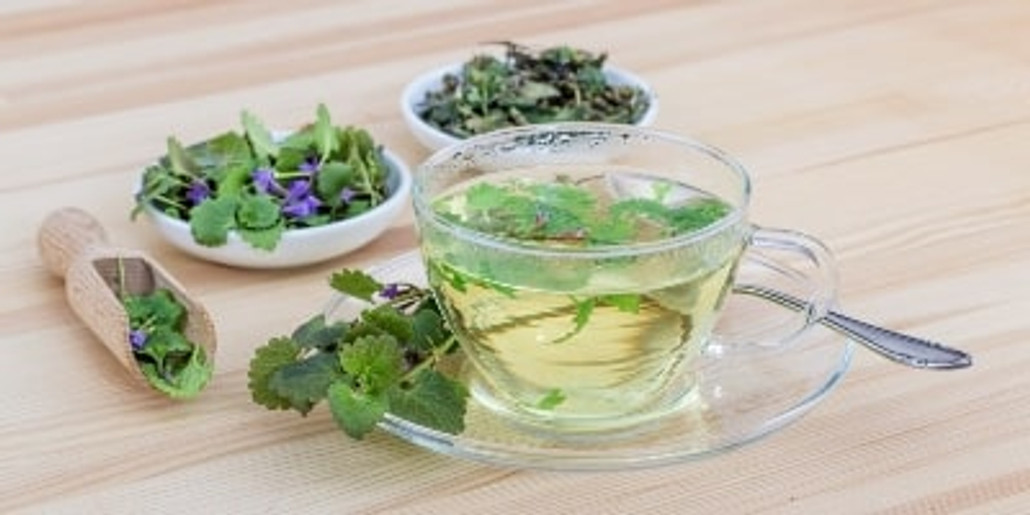Posted by Carol Fergishire on Jun 17th 2023
A Tale of Two Brews: Herbal Tea and Mate Tea
Drinking tea is an age-old practice that straddles cultures, crosses continents, and whispers sweetly of comfort and well-being. Two teas, in particular, have been growing in popularity among global tea enthusiasts: herbal tea and mate tea. But what sets these two apart? This in-depth comparison will highlight the differences between herbal tea and mate tea in terms of their origins, benefits, flavor profiles, and preparation.
Delving into Definitions: What are Herbal and Mate Teas?
It's essential to establish what we mean when we say "herbal tea" and "mate tea."
Herbal Tea
Strictly speaking, herbal tea isn't a "tea" per se, but an infusion of various herbs, spices, flowers, fruits, or other plant materials. Known as a "tisane," its origins trace back to ancient Egypt and China, where these infusions were used for their healing properties.
Mate Tea
On the flip side, mate (pronounced MAH-teh) is a traditional South American beverage made from the leaves of the yerba mate plant. Indigenous cultures cherished it for its revitalizing effects and communal bonding ritual surrounding its preparation and consumption.
Health Benefits: A Comparative Analysis
Both herbal tea and mate tea are touted for their health benefits. However, they vary in their specific effects.
Herbal Tea
The health benefits of herbal tea depend largely on the type of plant used. For instance, chamomile is known for its calming properties, peppermint aids digestion, and rooibos is a powerful antioxidant. Generally, most herbal teas are caffeine-free, making them a great choice for people sensitive to caffeine or for winding down before bedtime.
Mate Tea
Mate tea is packed with vitamins, minerals, and antioxidants, rivaling even green tea in its health benefits. It's renowned for boosting energy levels and improving mental focus, thanks to its caffeine content. Plus, mate can aid in weight loss and fortifying the immune system.
Flavor Profile: A Battle of Tastes
In the world of tea, the palette is diverse and vibrant. Both herbal and mate teas offer a cornucopia of flavors that satisfy different taste preferences.
Herbal Tea
Herbal teas offer a wide array of flavors, from the sweet, floral notes of chamomile to the spicy warmth of ginger tea. The beauty of herbal teas is that they can be as complex or as simple as desired, with countless blends available to explore.
Mate Tea
Mate tea, meanwhile, has a unique, bold flavor. Described as earthy, robust, and somewhat grassy, its taste can be an acquired one for some. Adding sweeteners, lemon, or milk can soften its intensity, tailoring it to personal preference.
The Art of Preparation: Herbal and Mate Tea Brewing
How a tea is prepared can greatly affect its taste and therapeutic properties.
Herbal Tea
Preparing herbal tea typically involves steeping the herbs in hot water for a specific time. The steeping time can vary based on the ingredients used, but it usually ranges from 5 to 15 minutes.
Mate Tea
Mate tea preparation is quite distinctive. The dried leaves are placed in a hollow gourd, hot (but not boiling) water is added, and the resulting brew is sipped through a metal straw, or bombilla, that filters out the leaves.
Conclusion: The Best Tea is the One You Enjoy Most
Herbal tea and mate tea each bring their unique heritage, health benefits, flavors, and brewing methods to the tea-drinking experience. Whether you prefer the varied flavors and calming qualities of herbal teas or the robust, invigorating effects of mate tea, the best tea for you is ultimately the one you enjoy most.
Experiment, try different blends, and discover your perfect cup. After all, part of the beauty of tea drinking lies in its exploration, a soothing journey of taste and tradition that brings a sense of tranquility to our often hectic lives.

